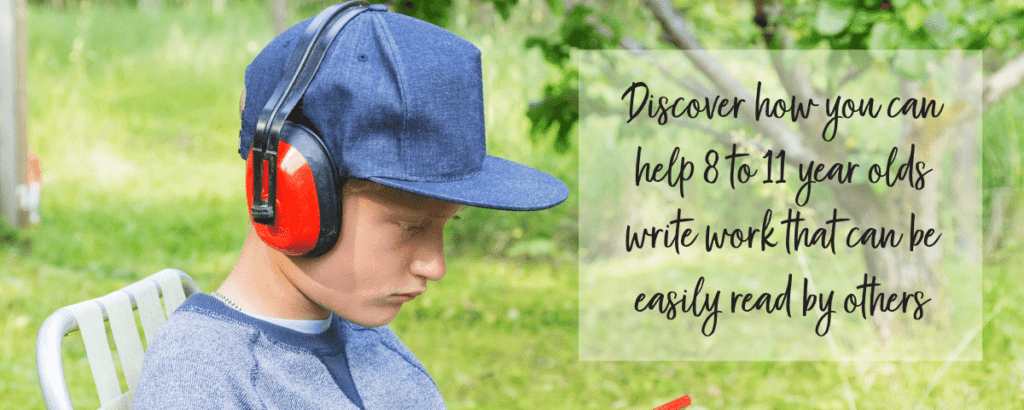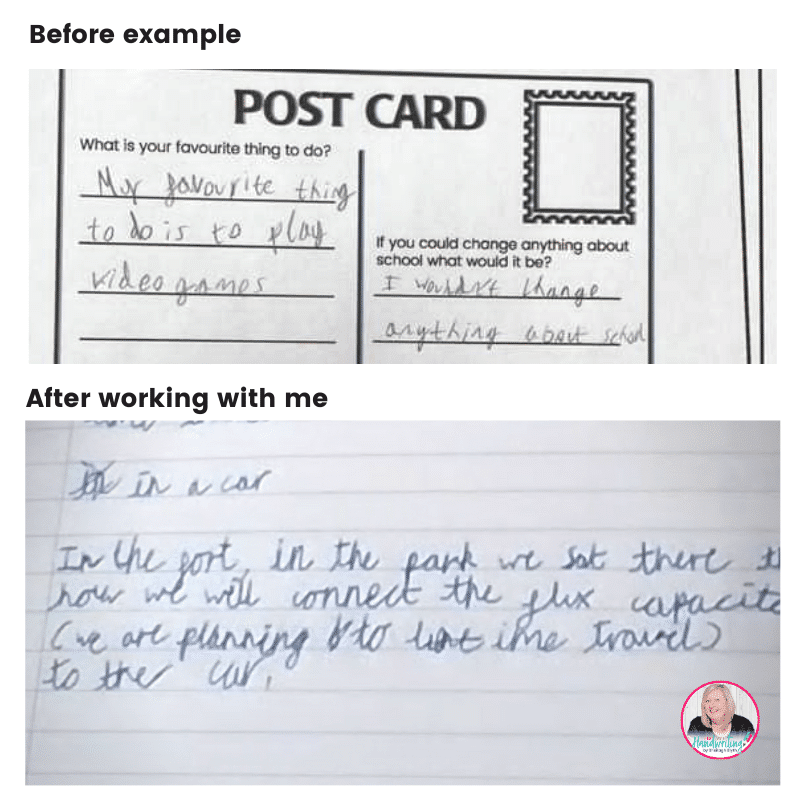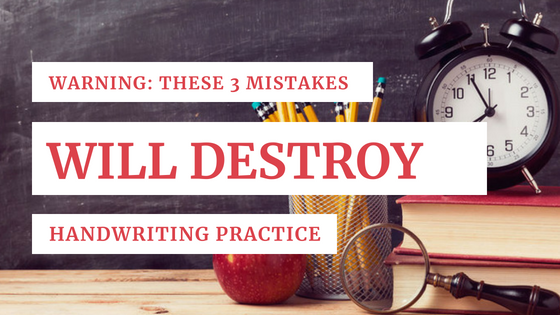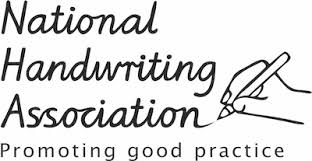Kids handwriting practice 8 to 11 years.

Wanting to help improve your child’s handwriting?
Feeling that your child’s handwriting should be better than it is?
Fearing that your child is getting behind with their school work?
Warning: These 3 mistakes will destroy handwriting practice
Why should this be a concern?
Then read these tips on the do’s and don’ts for helping children aged 8 to 11 years become successful writers.
And not become avoiders of writing.
High expectations are placed upon children. By this age handwriting is expected to be automatic. Hence within the school day, there is no more time given to learning how to write. That’s it. No more help. Handwriting should be learnt by now.
Often most schools give no more time to practice. If you’re lucky, your child maybe getting 30 minutes a week of handwriting instruction. To be honest, this is not going to fix anything if your child is finding handwriting difficult.
Why should this be a concern?
To write automatically you need to be able to write without looking at every letter. This is a skill in itself. It is how as an adult we can sign our name without looking. Once mastered, children are then able to develop the handwriting skill needed to write fast.
Without handwriting speed, children can get left behind. Furthermore, the pace of the academic work in schools escalates. The only way to catch up is by missing break time or by doing the work at home. Of course, this may sound old fashioned. Yet kids across the country are missing their break times. Because they are too slow to finish their work in class. Get them help online handwriting classes.

Let me tell you about Harry

He found handwriting tricky. He was being kept in at break time because his writing was messy and slow. His Mum did not know how she could help him. She could see her son's confidence fading. His Mum approached me, and I explained to her how we could work together to help Harry.
Using a combination of quizzes, Minecraft activities, handwriting worksheets for in-between lessons and advice Harry improved his handwriting legibility and speed. It wasn’t easy and by building up his confidence he felt able to try writing in the joined up style. It took hard work from Harry but he did it.
The difference now is fantastic. In 6 lessons, Harry went from being a reluctant writer to one who has confidence. He now has his pen licence. And this aspiring actor is now writing wonderful stories that are so entertaining to read.
Seeking reassurance if our courses are the right fit for your child? Don’t hesitate to reach out to us here!
How handwriting practice at home, can you improve your kids handwriting?
Improve letter size
Usually at this age kids know the mechanics of how to write. But their writing can appear messy. By concentrating on the letter size it can improve the legibility. This in turn will improve handwriting speed.
Play a spy game (with a difference)
Ask your child to imagine they are writing a secret message to a friend. A safe message is only delivered when they do not look at what they are writing. If they look then the secret is revealed. They must also be able to read what they have written afterwards.
Use handwriting practice worksheets
Worksheets come in all different shapes and sizes. The key is to give your child worksheets that are different from what they are practising at school. This will capture their imagination. It will motivate them to write. Some of mine combine handwriting with internet searches. This helps keep it fun and of interest.
Buy them a special pen or pencil
Sometimes the willingness to write is magically improved with a trip to the stationery shop. It doesn’t have to be expensive. Nowadays many pens and pencils are ergonomically designed. Meaning that they are more comfortable to write with. This could be the difference that your child is needing.
Dot to dot puzzles
Often it can appear a child has good handwriting. Then overnight their writing becomes messy and unreadable. This is not due to them regressing but because they’re trying to write faster. Research has shown that by doing dot to dot puzzles it will improve handwriting speed.
Mistakes (what NOT to do when doing handwriting practice with your child)
Putting pressure on them
By this age many kids will have already adopted avoidance strategies. Writing has to have meaning. Ask them to help you write a weekly shopping list. The more practice they get, the quicker they can develop muscle memory. This is where the brain can instruct the hand to move the pen without looking. Muscle memory gives us handwriting speed.
Using plain paper
Regardless of our age we all need lines to write on. Lined paper helps keep writing clear and easy to read. Without it, letters can change in size and appearance.
Rushing
Finally we all learn differently. Some kids need more time than others. If you think your child needs extra help with forming letters then it’s not a sign of failure. Go back a step. Give them this help. Writing smaller and faster can only happen after this stage is mastered.
To summarise kids handwriting practice 8 to 11 years is all about:
- Recognising that at this age we expect a lot from our children.
- Creating time for handwriting practice is needed, as it is rarely given.
- Handwriting speed and muscle memory needs to be developed.
All of the above can happen in a number of ways. It does not have to involve writing the same words over and over again. Read more on hypermobility learning difficulties.





